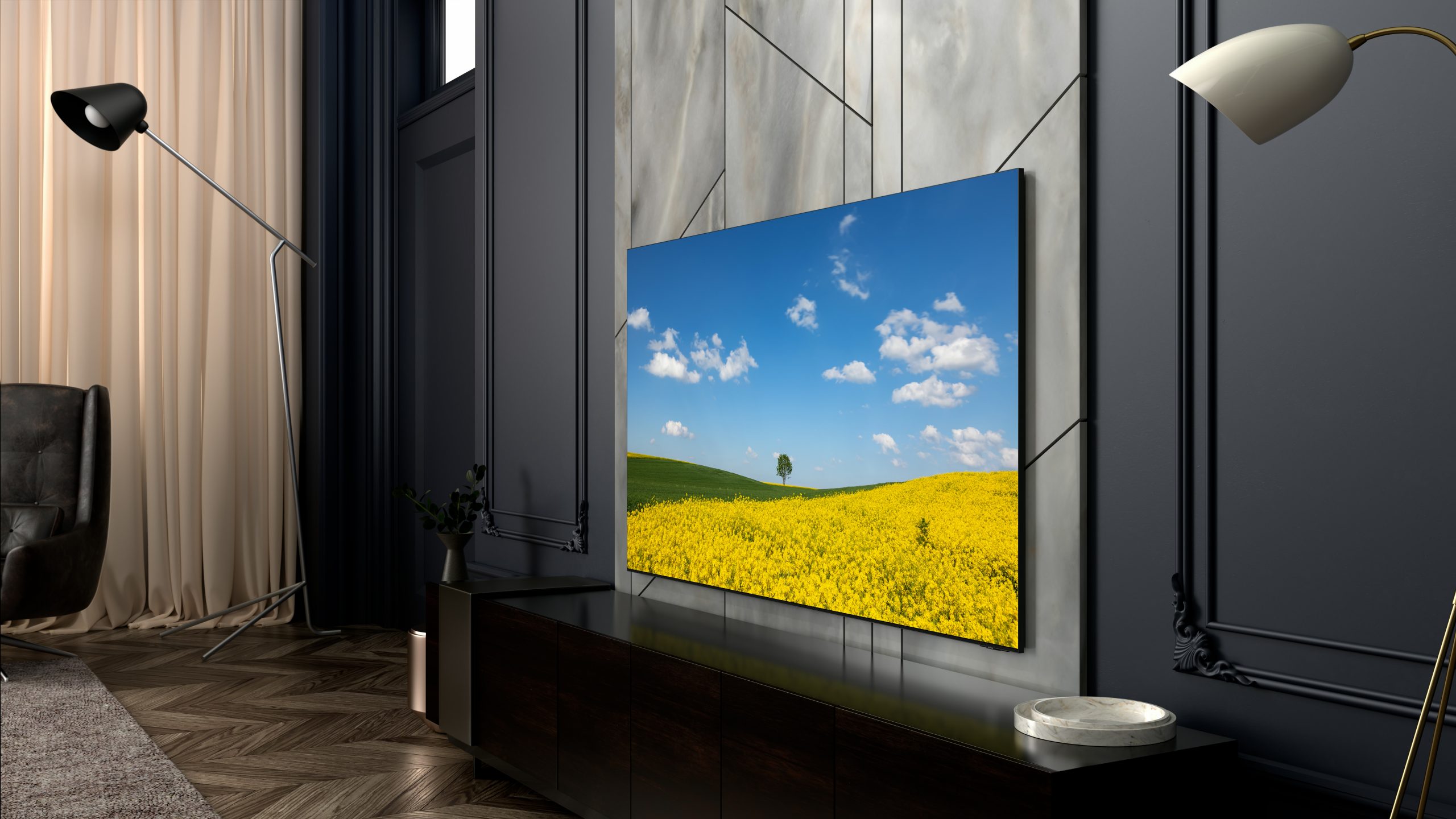Goldstuck on Gadgets
Is a TV set just TV?
Not with Neo QLED
Samsung says its new Neo QLED line-up redefines our ideas of what TV can do. ARTHUR GOLDSTUCK digs deeper
There was a time when the only thing that separated TV sets was size and colour quality. Not that colour was a matter of a few-sizes fits all, of course, given the numerous technology standards that leading manufacturers continually bring to market.
However, this innovation tended to begin and end at the display itself. Experiments with 3D, to extend the experience beyond the screen, missed the mark, and games consoles ruled the roost of peripheral TV activity. However, one of the prime innovators in the space, Samsung, has been steadily pushing the boundaries, literally and figuratively, and its Neo QLED line-up, launched in South Africa recently, encapsulates these advances.
Samsung says “the company focused on developing a new viewing experience that reflects the challenging and unparalleled times of late, one that is centred around hyper-personalised screens, whether they are used for work, learning or entertainment”.
What does this mean in practice?
It does begin with the display: the Infinity One Design makes for an almost bezel-less screen that maximises the visual experience.
Then comes Object Tracking Sound Pro, which uses a 6.2 speaker system – meaning it uses 6 sound channels through speakers that surround the TV – to create a home cinema experience using seriously smart artificial intelligence technology. It tracks the movement of objects on-screen, and uses the built-in speakers to project the sound from its location on the screen. Especially on large-screen TVs, this enhances the impression of the sound coming from the actual object, and not just from the direction of the TV unit in general.
It goes one step further: it picks up on the noise in a room, and adjusts the sound to make up for the ambient noise. This means that one can have different sound experiences in different watching environments, like a living room or bedroom, using a feature called SpaceFit Sound. It employs built-in microphones to recognise elements in the surrounding environment that can affect sound, like curtains, carpets, and walls.

For example, says Samsung, “when the TV recognises that the carpet in the living room is absorbing the mid-range and treble sound, it calibrates its sound to surroundings by boosting the mid and the treble. When the TV is placed close to the wall, the bass sound can be distorted, since there is little space between the wall and the TV. SpaceFit Sound can recognise the issue and reinforce the bass to provide a clearer sound.”
Says Nivash Ramsern, head of visual displays at Samsung South Africa: “SpaceFit Sound optimises the sound from content by analysing a user‘s surrounding environment. What we want is for our customers to just enjoy their TV without any hassle.”
It goes beyond entertainment and beyond the home: It can be set up to link automatically to one’s office PC, allowing access to work on office files from the home TV. The user can also connect a smartphone with Samsung DeX to use the features of the handset on a more expansive and comfortable display.
The set-up allows collaboration on Microsoft 365 documents via the TV, but the workspace is not confined to Microsoft. Google Duo is also built-in, allowing video chat through a click on the remote control.
Samsung sums up the use cases: “Whether you need to connect with an office or a classroom, you’re there, even from the comfort of your living room. And when you need a break, gamers will appreciate a TV made to give them an upper hand in everything from screen resolution to reduced lag.”
The range received Gaming TV Performance certification from the Verband Deutscher Elektrotechniker (VDE) standards body in Germany, and are the first in the industry to receive VDE certification of Spatial Sound Optimisation, given to products that offer a consistent sound experience regardless of the environment.
Finally, at least in terms of the headline features, the device is integrated into the Samsung Internet of Things smart home ecosystem, which it calls SmartThings. This means one can use the SmartThings app to control connected devices from the TV, via a SmartThings dashboard.
The bottom line is that NEO QLED TV range extends the user’s control, both on and beyond the TV display.
* The NEO QLED TV will be available in the following line-up:
| Qualifying Model | RRP | Limited Launch Offer: Soundbar Model Number |
| 85″ QN900A Neo QLED 8K Smart TV | R184 999 | Q Series 9.1.4ch Sound Bar: HW-Q950T/XA |
| 65″ QN800A Neo QLED 8K Smart TV | R61 999 | Q Series 3.1.2ch Sound Bar: HW-Q800T/XA |
| 55″ QN90A Neo QLED 4K Smart TV | R32 999 | Q Series 5.1ch Sound Bar: HW-Q60T/XA |
| 75″ QN85A Neo QLED 4K Smart TV | R48 999 | Q Series 3.1.2ch Sound Bar: HW-Q800T/XA |
| 65″ QN85A Neo QLED 4K Smart TV | R33 999 | Q Series 5.1ch Soundbar: HW-Q60T/XA |
| 55″ QN85A Neo QLED 4K Smart TV | R22 999 | Q Series 5.1ch Soundbar: HW-Q60T/XA |



















